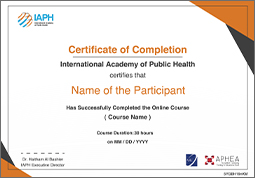Vector-Borne Diseases
Description
Vector-borne diseases are diseases that spread to people and animals primarily through the bite of an infected mosquito, tick, or flea. VBDs can be classified into 4 major groups: Arthropod-Borne Viruses (Arboviral diseases: chikungunya, West Nile, yellow fever, dengue, and Zika), Bacterial Vector-Borne Diseases (Plague, lyme disease and tularemia), Rickettsial zoonotic diseases (Q fever, Rocky Mountain spotted fever, and typhus fever), and parasitic VBDs (malaria, leishmaniasis, and trypansomiasis). As per the WHO, VBDs account for more than 17% of all infectious diseases, causing more than 700, 000 deaths annually. The distribution of vector-borne diseases is determined by complex demographic, environmental, and social factors. The burden of these diseases is highest in tropical and subtropical areas and they disproportionately affect the poorest populations. Recently, major outbreaks of dengue, malaria, chikungunya, yellow fever, and Zika occurred. Many of these diseases are preventable through informed protective measures.
Learning Outcomes
- Identify VBDs of public health importance
- List the main clinical features of each disease and state case definition where appropriate
- Identify the disease specific agent, reservoir, human host, and the mode of transmission
- Describe vector breeding sites, resting, and feeding behavior
- Describe the life cycle of the disease and the vector
- Estimate the disease burden
- List the recommended control methods and assess the possibility of elimination or eradication
- Arthropod-Borne Viruses
- Bacterial Vector-Borne Diseases
- Rickettsial Zoonotic Diseases
- Parasitic VBDs


Certificate
